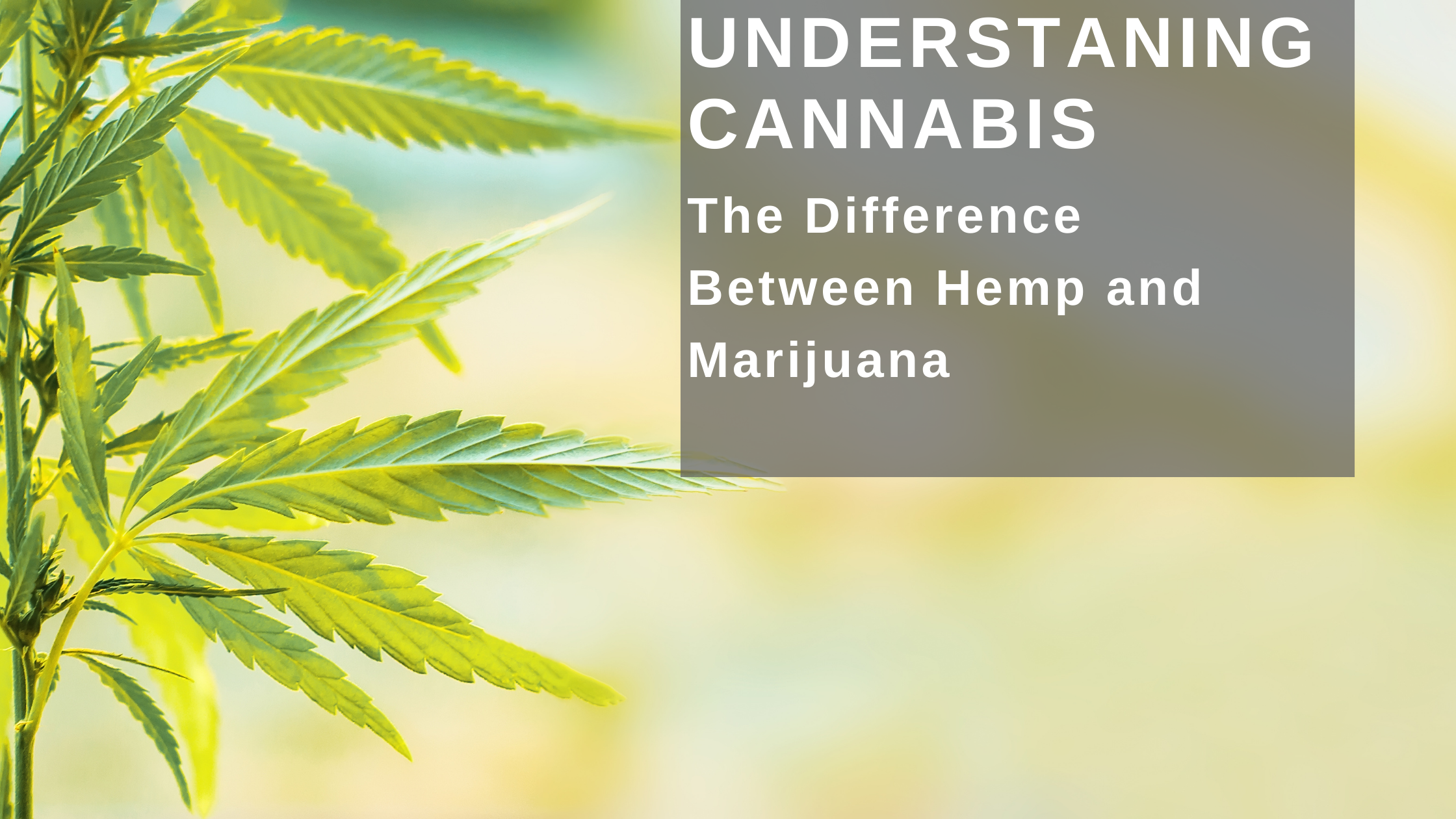The world of Cannabis is more diverse and intricate than ever. With new strains and methods of extraction hitting the shelves rapidly, it can be a bit overwhelming to understand the nuances and distinctions between different types of Cannabis. Two such categories are hemp and marijuana.
Let’s dive into the key differences between hemp and marijuana, clarify whether cannabinoids from both hold the same properties and explore the importance of lab-tested CBD and THC products. We will also touch on homegrown Cannabis and extraction methods, giving you a well-rounded understanding of these fantastic plants.
The Core Differences Between Hemp and Marijuana
Although many people classify hemp and marijuana under the same category, there are some profound differences between the two strains of the Cannabis plant. The main distinction lies in their chemical composition, specifically their tetrahydrocannabinol (THC) content.
Hemp, or industrial hemp, refers to Cannabis strains bred specifically for low THC content, usually less than 0.3%. This strain is cultivated for its strong fibers and seeds, making it ideal for the manufacturing of textiles, paper, and even biodegradable plastics. On the other hand, marijuana is the term given to Cannabis plants that contain more than 0.3% THC. This strain provides the infamous psychoactive effect often sought for recreational or medicinal purposes.
Cannabinoids: Comparing Hemp and Marijuana
Cannabinoids are the chemical compounds found within the Cannabis plant, responsible for the effects on the human body. The two most well-known cannabinoids are cannabidiol (CBD) and tetrahydrocannabinol (THC). Each cannabinoid has its unique properties and effects.
In general, the core molecular structure of cannabinoids from hemp remains the same as those from marijuana. However, the ratio of these compounds varies significantly between the two strains. For instance, hemp plants contain a higher CBD content, which is known for its therapeutic effects, while marijuana plants have a higher THC content, which induces the psychoactive “high” sensation.
The Importance of Lab-Tested CBD and THC Products
For both medicinal and recreational consumers, knowing the precise cannabinoid content of the product they are using is crucial. Lab-tested CBD and THC products ensure quality, potency, and safety. These tests account for cannabinoid and terpene profiles, contaminants such as residual solvents or heavy metals, and even the presence of potential allergens.
When purchasing CBD or THC products, always opt for those that provide accessible lab reports that verify the accuracy of the claims on the packaging.
Homegrown Cannabis and Extraction
With many places legalizing the cultivation of Cannabis for personal use, enthusiasts can now enjoy homegrown hemp or marijuana. Homegrown plants provide control over the quality and the strains you’d like to produce.
Extraction techniques, such as CO2, ethanol, or hydrocarbon extraction method, allow users to separate cannabinoids and terpenes from the Cannabis plant for a concentrated product. These extracts can then be used in various formats, such as oils, tinctures, edibles, or topicals.
Conclusion
Understanding the differences between hemp and marijuana is essential to making informed decisions related to your Cannabis consumption. Remember, the most critical factor that sets them apart is their THC content, with hemp having less than 0.3% THC and marijuana having more. Although cannabinoids from hemp and marijuana are fundamentally similar, their ratios differ, ultimately providing varied effects. Lastly, always choose lab-tested products and explore homegrown Cannabis and extraction methods for a personalized and high-quality consumption experience.



